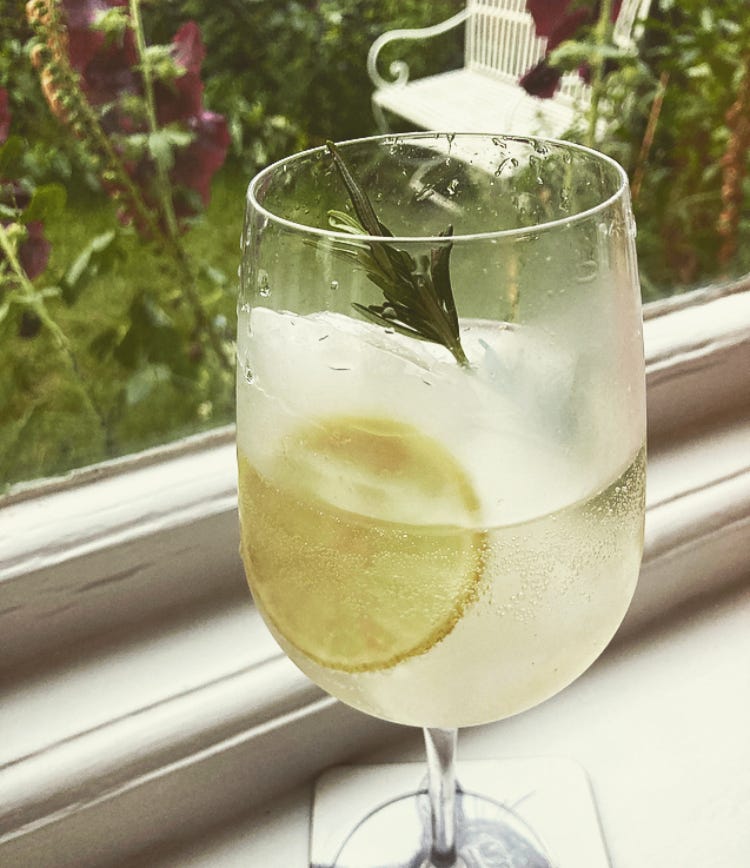The Spirits #74: Vermouth & Soda
~ Crêpes Chartreuse ~ Surprise Me! ~ TOP TEN VERMOUTHS ~ Music in the Metaverse ~
Keep reading with a 7-day free trial
Subscribe to The Spirits to keep reading this post and get 7 days of free access to the full post archives.




